The World-Famous Studio Tour celebrates its 60th anniversary this year, and Universal Studios Hollywood is pumped to celebrate. After six decades of taking guests around the iconic Universal backlot — and in the process, transforming themed entertainment forever — you’d better believe we have a lot to celebrate. From a limited-time chance to hop off the tram for photo ops to adorable merch to delightful retro-inspired treats, the theme park has a whole lot of fun planned from April 26 to August 11, 2024. But you know what’s even more fun than Glamor Tram sugar cookies? Reading up on your history. Yes, kids, that’s right!
After 60 years running, the Studio Tour has entertained more than 200 million guests. It’s tough to imagine the themed entertainment world without it. It’s become one of the top things to do at Universal Studios Hollywood, and is an absolute must for any Universal Studios Hollywood itinerary. But in its early days there was no guarantee the Studio Tour would last — let alone give way to the modern theme park. To get a sense for its impact, we dug into the Universal archives to look back at the history of the Studio Tour. You know, before it was world-famous. So let’s hop in the time machine for a quick Universal history lesson, shall we?
An Open Door Tradition
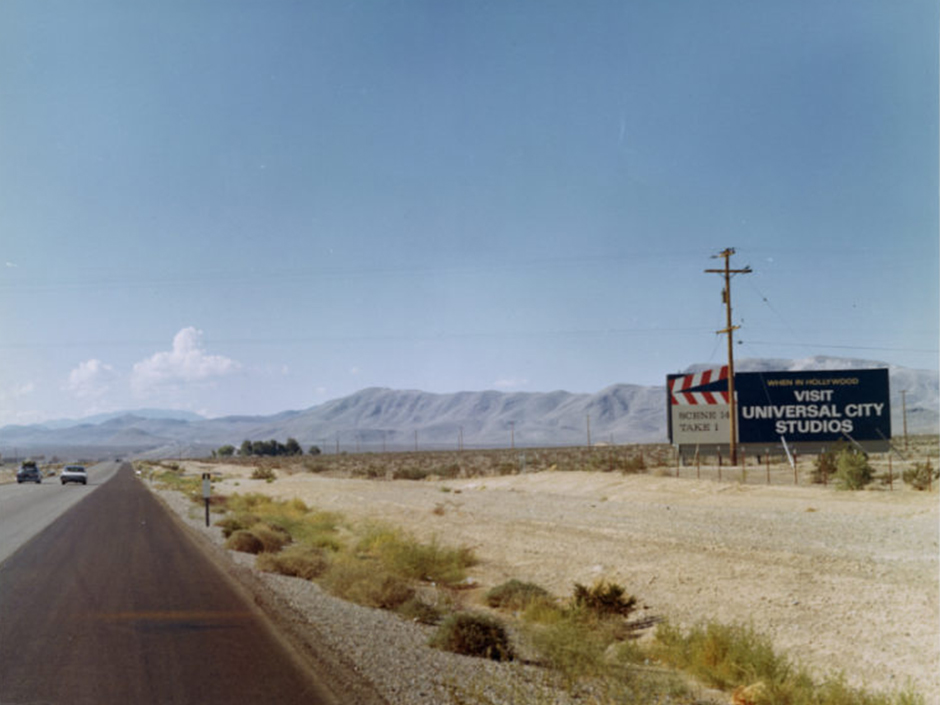
Universal has a long tradition of welcoming the public on set. In 1915, Universal Pictures founder Carl Laemmle opened the doors to spectators during filming. Guests paid 25 cents, took a seat in the bleachers, and watched as a show was filmed in front of them.
“You could literally watch movies get made,” says John Murdy, a Universal Studios Hollywood creative director who oversaw the refurbishment of the Studio Tour in 2000. Murdy actually got his start at Universal as a Studio Tour guide in 1989. Back in the 1910s, the tour was far less structured than it is today. “It’s kind of crazy,” says Murdy, referring to archival photos of the early audiences. “They just seem to be roaming around the property, walking around, checking stuff out.”
Sounds distracting, sure. But one crucial difference between 1915 and today? Films were silent. Audiences could watch a scene being filmed like it was a stage play, and react audibly without interfering with the filmmaking process itself. With the dawn of the talkies in the 1920s, Universal had to close its doors to guests, so as not to drive the sound guys up a wall.
A Little Side Project
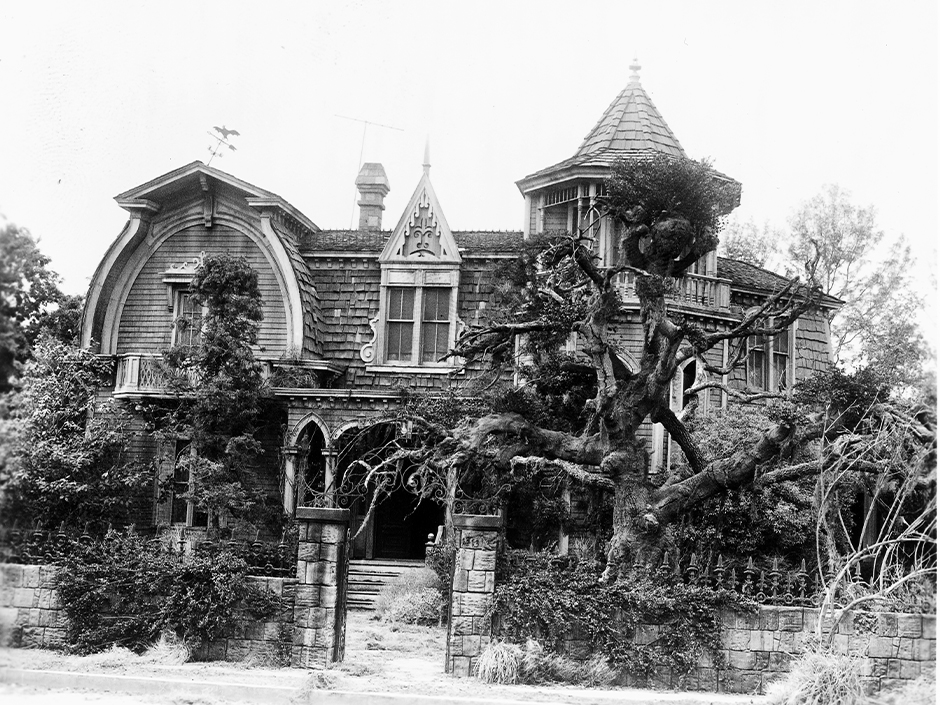
Fast-forward to 1964. Hollywood had changed quite a bit from the silent movie days. Not only did film have sound and color, but it had become a massive industry full of glitz and glamour. “It’s a weird era of Hollywood history,” says Murdy. “You’re coming out of the studio system days, and television is starting to impact the movie business.” With television competing for viewers’ attention, studios had to keep income coming in — and do so creatively.
It turns out, the studio execs just had to trust their guts. Or, rather — trust tourists’ guts. Prior to Universal’s own Studio Tour, third-party Hollywood tours would come onto the lot, take a swing around the sets, and stop for lunch at the Studio Commissary. With those tourist trips came a big uptick in lunch sales. How could they keep those lunch sales coming?
“That was literally the impetus for the Studio Tour,” says Murdy. “How can we sell more lunches in the studio commissary?”
A young executive named Jay Stein was tasked to manage this newfangled vessel for lunch sales. Stein recruited Barry Upson, a designer of the 1964 Seattle World’s Fair, to realize Universal’s own backlot tour. Hollywood legend Harper Goff, responsible for the looks of several iconic 20th century films, was brought on as the art director. Goff designed the now legendary candy-striped tour vehicles that criss-crossed the Universal backlot: the “GlamorTrams.”
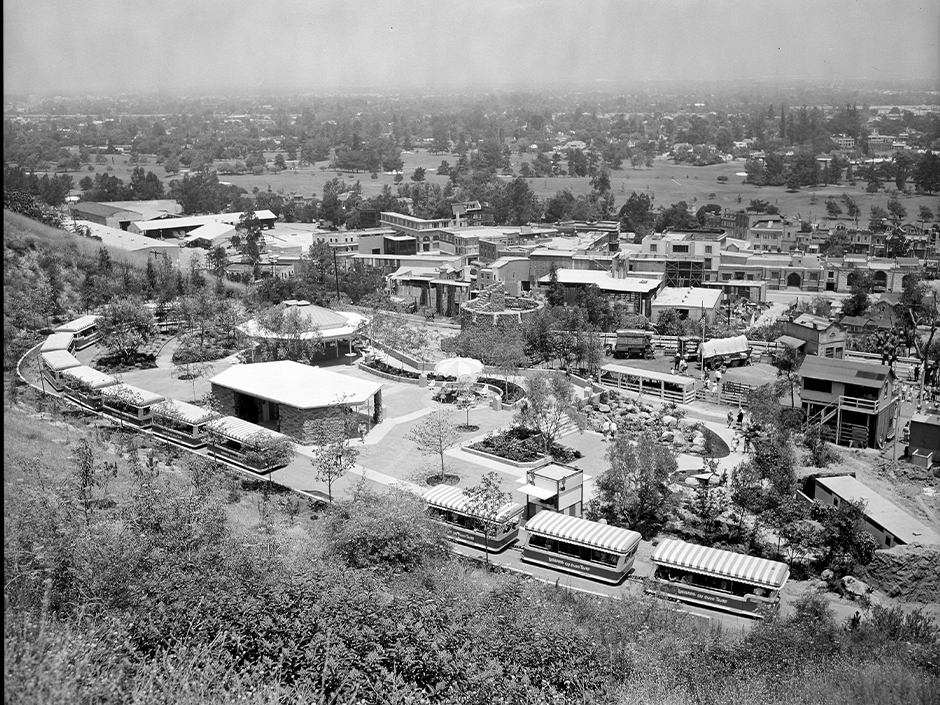
In its inaugural year, guests would pay $2.50 (or $1.25 for kids), then hop aboard GlamorTrams to tour the Universal backlot. The two-hour tour included a look at outdoor film sets, a makeup demonstration, a costume display by legendary designer Edith Head and a two-man stunt show. Compared to the whole theme park we know and love today, the Universal Studio Tour was modest to say the least. “It was literally a booth on a trailer on Lankershim Boulevard,” says Murdy, who remembers visiting the Universal backlot as a kid in the early 1970s.
We might take it for granted now, but regular folks getting to step foot on a movie set was a big deal at the time. Up to then, studios were shrouded in mystery and mystique. In a way, the Studio Tour democratized the moviemaking process — or at least, pulled back the curtain. As LA Times film critic Philip K. Scheuer wrote in 1964:
“You can now visit a bona fide movie and television studio…without having to contact a VIP who happens to be the relative of a bigger VIP, without presenting a letter from your hometown exhibitor or without, heaven be praised, making a last-ditch pitch to the motion picture editor of your favorite newspaper.”
What was once reserved for the well-connected was now a mass-market product. By its third year, Universal reported 8,000 guests per day.
An Opportunity For Innovation

Per his 2023 interview with the LA Times, Stein quickly realized two things in the early days of the Studio Tour. First, you couldn’t bank on the guests seeing an actor on the tour. They were unpredictable and at work. And some actors would even head for the hills at the sight of a GlamorTram. (Though, lots of them loved the tour. As Murdy remembers from his childhood visits to Universal, “We would always see Al Lewis, who played Grandpa Munster. Like, all the time. Whenever we came to Universal, he was just hanging out.”)
Secondly, Stein realized that studios aren’t inherently entertaining places. Sure, they’re where entertainment is created, but movie sets involve a lot of not-so-dazzling work in between shots. It was from these two observations that Stein realized that in order to survive, Universal needed to guarantee excitement on every tour. They needed to create illusions that would be (from production’s point of view) predictable, repeatable, and above all, entertaining. Guests, of course, must experience it as thrilling and unpredictable, duh.
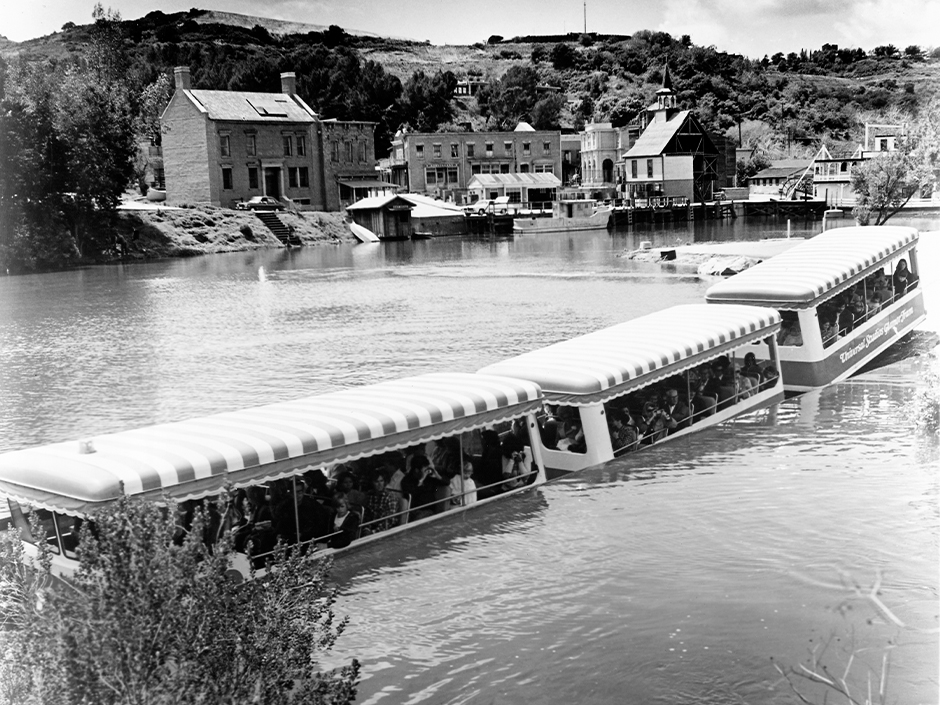
Throughout the following years, the tour expanded. It wasn’t just a peek behind the curtain anymore. It included a stunt show, an animal actors show, and a screen test comedy theater. A 1967 visitors pamphlet held in the Universal Archives advertised giant sound stages, a visit to a star’s dressing room, man-made lakes and waterfalls, a visit to the prop department, and exterior sets of New York, Europe, Hong Kong and the Old West. Over at the Visitors Center, guests would be treated to demonstrations by professional makeup artists, a showcase of film costumes, “push-button storms” on the Snow Set and the Rain Set, a peek inside the Munster laboratory (and the opportunity to “touch the button to bring Herman to ‘life’”), and more.
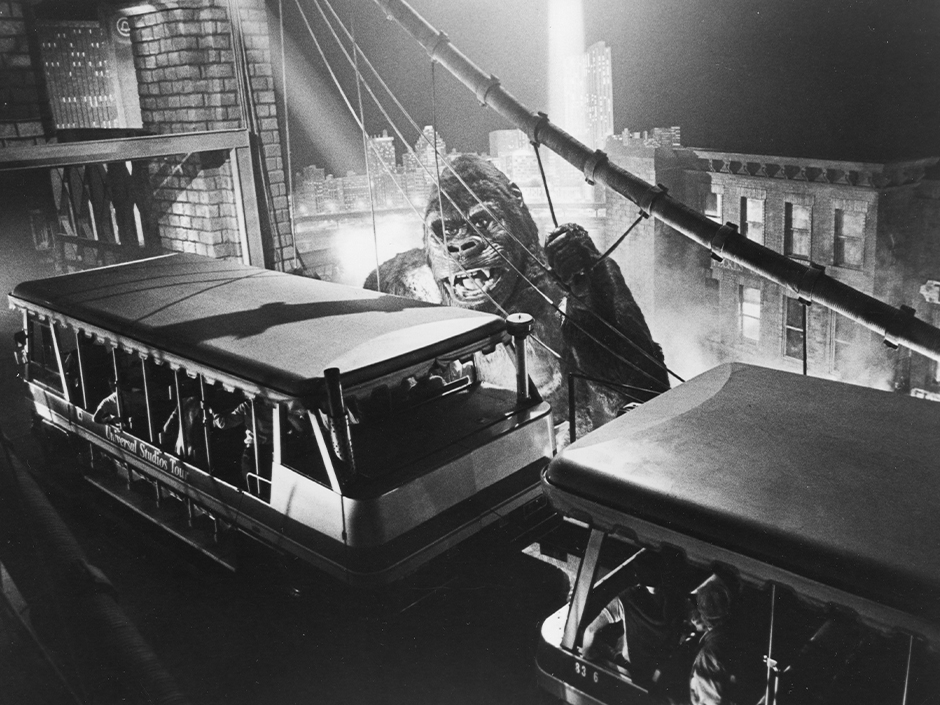
The Studio Tour had evolved from guests visiting a movie set to guests experiencing movie magic in real time. Universal pushed the limits of interactive entertainment further and further. In the ‘70s, they expanded the studio tour, with the additions of heart-pumping attractions like “Flash Flood,” “Parting of the Red Sea,” and “Jaws Lake” to the itinerary. In the ‘80s, they premiered “Earthquake,” a scarily realistic simulation of an 8.3 seismic tremor.
And what we now know as the Universal Studios Hollywood theme park came to life in the ‘90s, with attraction additions including “E.T. Adventure,” “Back to the Future: The Ride” and “Jurassic Park—The Ride.” Thanks to the Studio Tour, Universal found itself leading the industry in a whole new kind of fun.
A 21st Century Tour
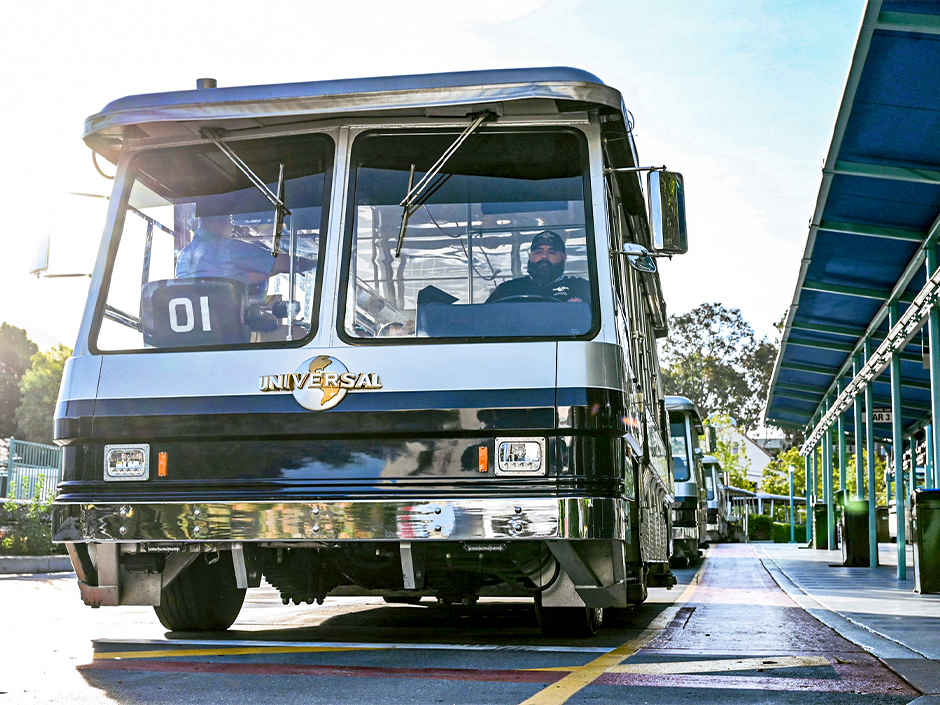
In 2000, the Studio Tour underwent a refurbishment to bring it into the new millennium. As the creative director on that project (and a former tour guide himself), Murdy made it his mission to bring the history of the Studio Tour to life on the tour itself. “The main thing I wanted to do was to connect the dots for the guests between the sets they were looking at and the movies they’d seen,” says Murdy. That’s when screens were added to the Studio Tour. Guests could now look out at a set on the Universal backlot, then immediately see a clip of how it had been utilized in a film or show. Murdy had a team whose job it was to watch movies and TV shows to find specific shots of the backlot they needed for the Studio Tour. “I’d be like, ‘I’m pretty sure they walk down Brownstone Street in this ‘50s movie. Can you find that shot?’” In doing so, the Studio Tour became a vehicle (pun intended) for bringing movie history to life — as it remains today.
Over the past 60 years, Universal Studios Hollywood has gone from entertaining guests with makeup tutorials, to natural disasters caused by movie magic, to adrenaline-pumping thrill rides. Attractions have come and gone, but what remains is the storied past of a studio that brings the screen to real life. And it all began with the Studio Tour. Giving the average movie fan a peek behind the curtain birthed a series of innovations that have changed entertainment forever.
What’s your favorite part of the World-Famous Studio Tour? Let us know in the comments below!


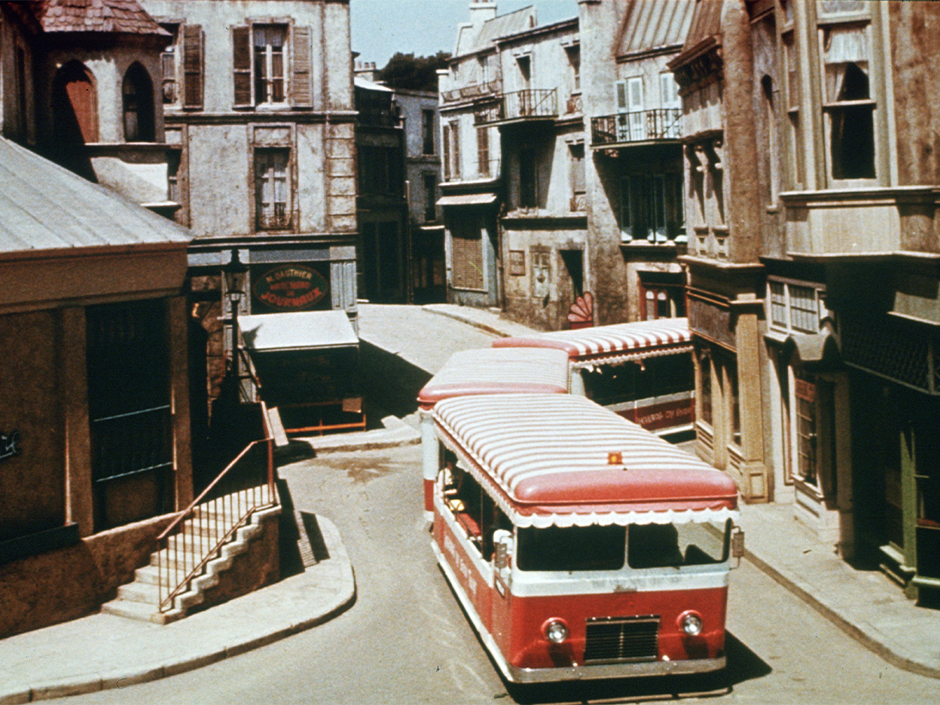
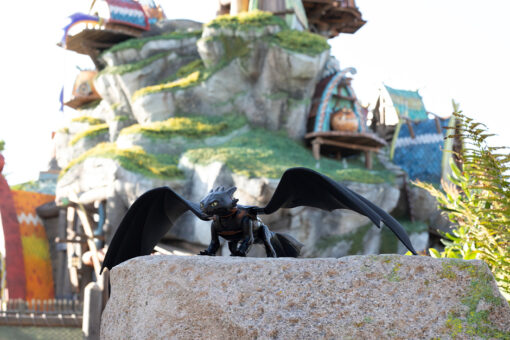
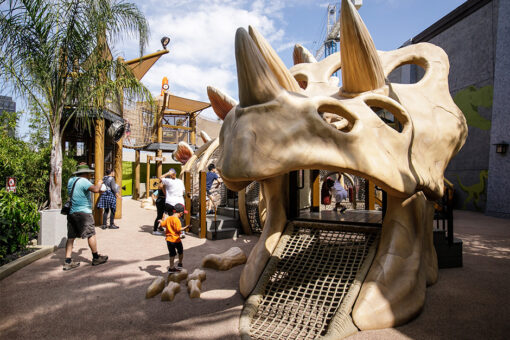

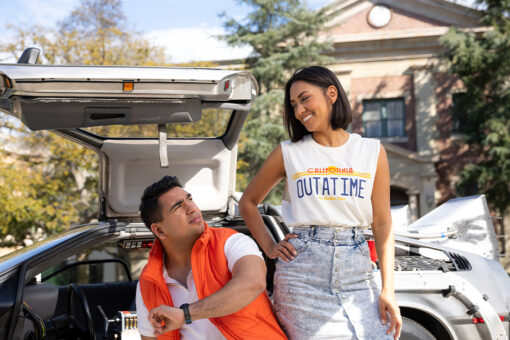
No Comments